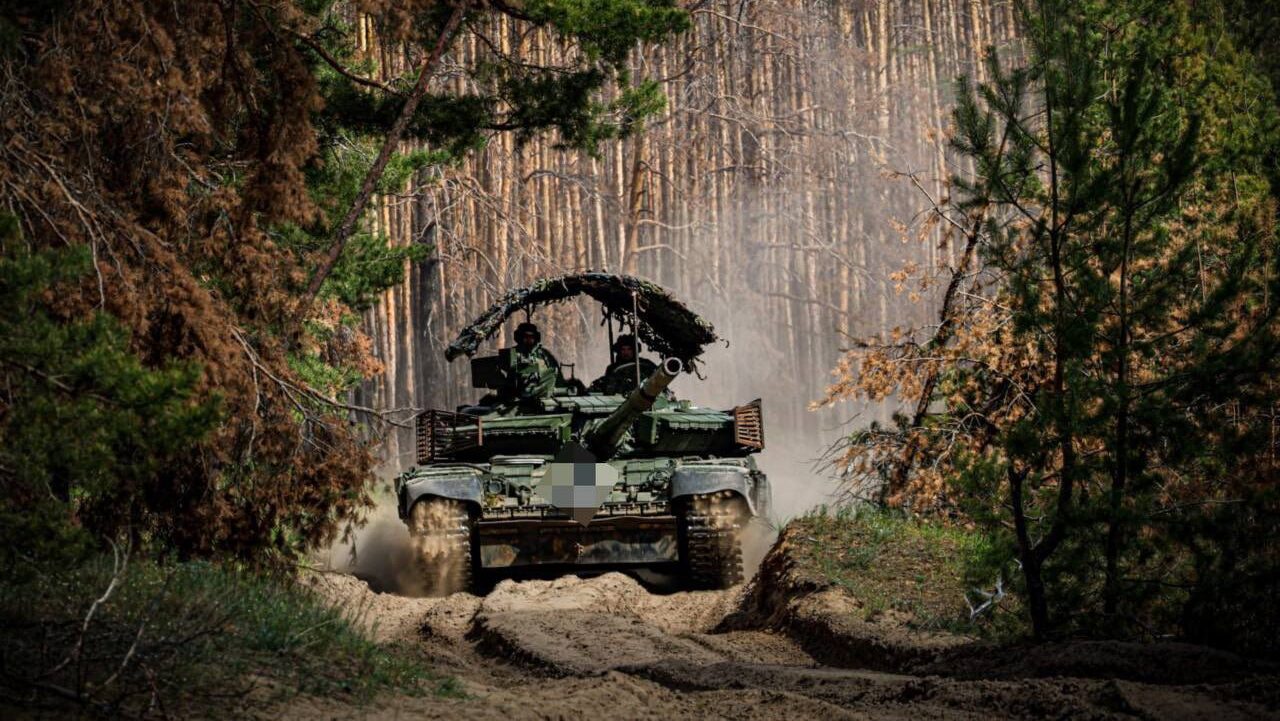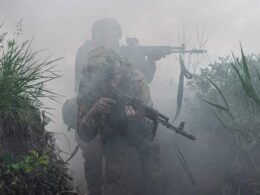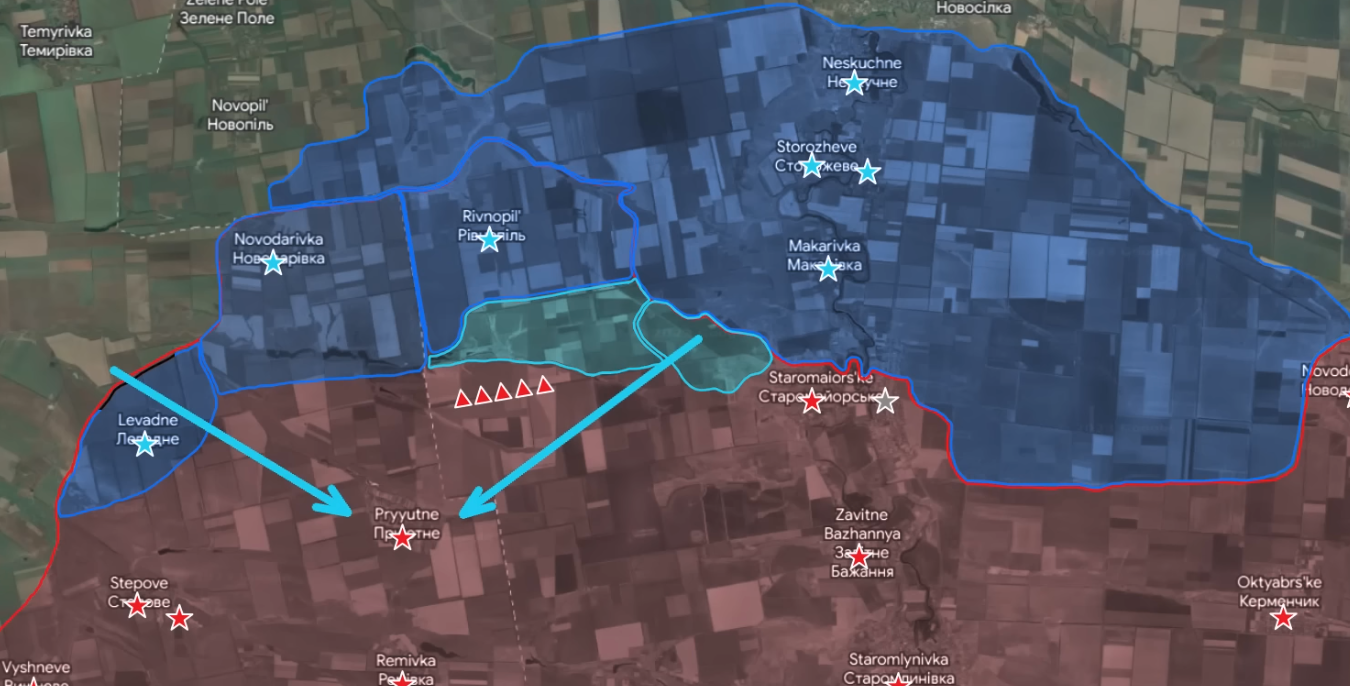A special series by defense journalist David Axe, exploring how Ukraine can win the war against Russia through technological innovation:
After a swift Ukrainian counteroffensive liberated 18,000 square kilometers of northeastern and southern Ukraine in the fall of 2022, hopes ran high in Kyiv and allied capitals for the next planned counteroffensive: a southern push that Ukrainian leaders hoped would free vast swathes of the south still under Russian control.
But the much-hyped Ukraine counteroffensive, which kicked off along multiple axes in Zaporizhzhia and Donetsk Oblasts in June 2023, quickly faltered.
The Russians knew the Ukrainians were coming. The minefields between the 12 attacking Ukrainian brigades were denser than anyone had anticipated. And the six Russian regiments holding the line opposite the attempted Ukrainian breaches suffered losses, but never collapsed.
"The initial attacks failed and tempo was lost, such that Russia could fight the battle with the full 105,000 troops it had in the target sector," Jack Watling, Oleksandr Danylyuk, and Nick Reynolds wrote in a 2023 study for the Royal United Services Institute in London. Six months later, the 2023 Ukrainian counteroffensive petered out.
A year and a half later, Russian counterattacks had erased practically all the Ukrainian gains.
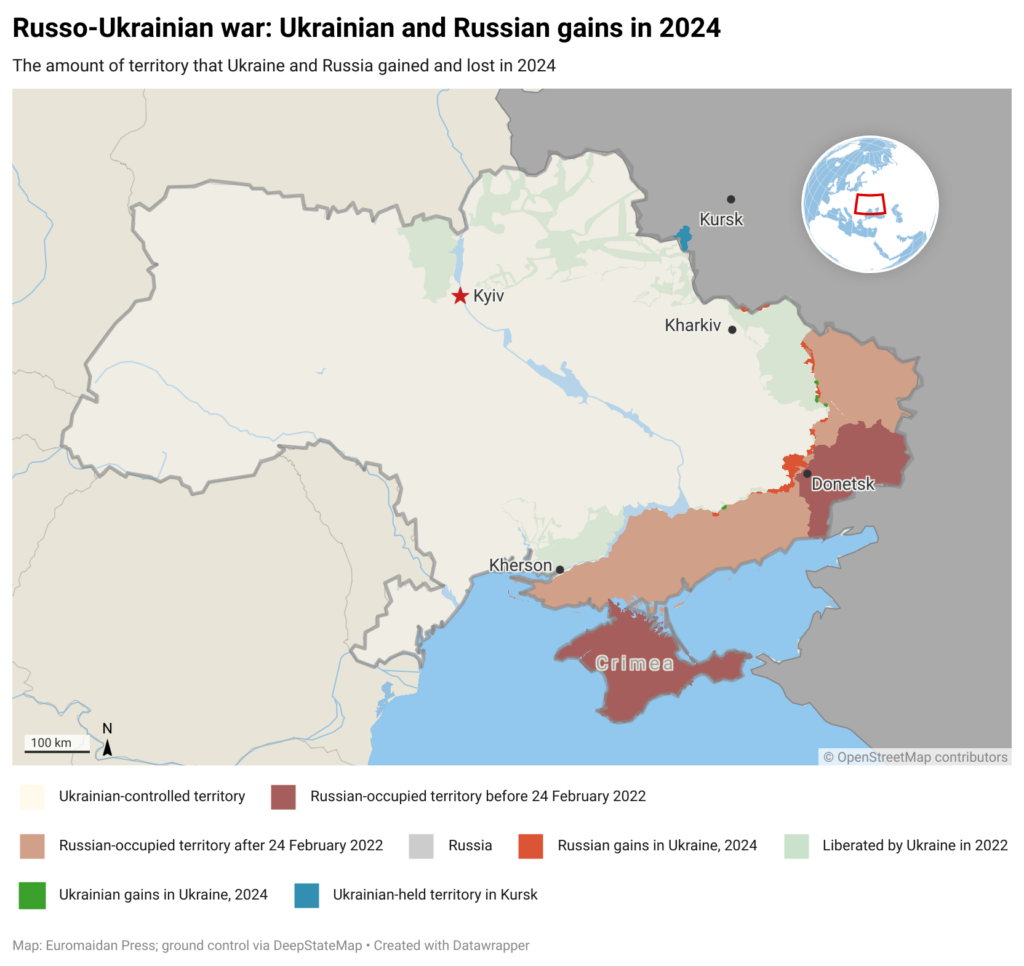
Is another Ukrainian counteroffensive possible or necessary?
Should Ukraine try again? Does the country need a successful counteroffensive to achieve something that Ukrainian leaders and everyday citizens can call "victory"? If so, can the war-weary Ukrainian armed forces even mount a successful offensive?
It should go without saying that expert opinion is sharply divided -- a clear indication of the stakes, and of the risks associated with a major attack.
What may surprise some observers, given the widespread disappointment in the aftermath of the 2023 Ukraine counteroffensive, is that more than a few experts not only believe another major operation aimed at liberating large portions of Russian-occupied Ukraine is both an imperative -- they believe it is realistically achievable.
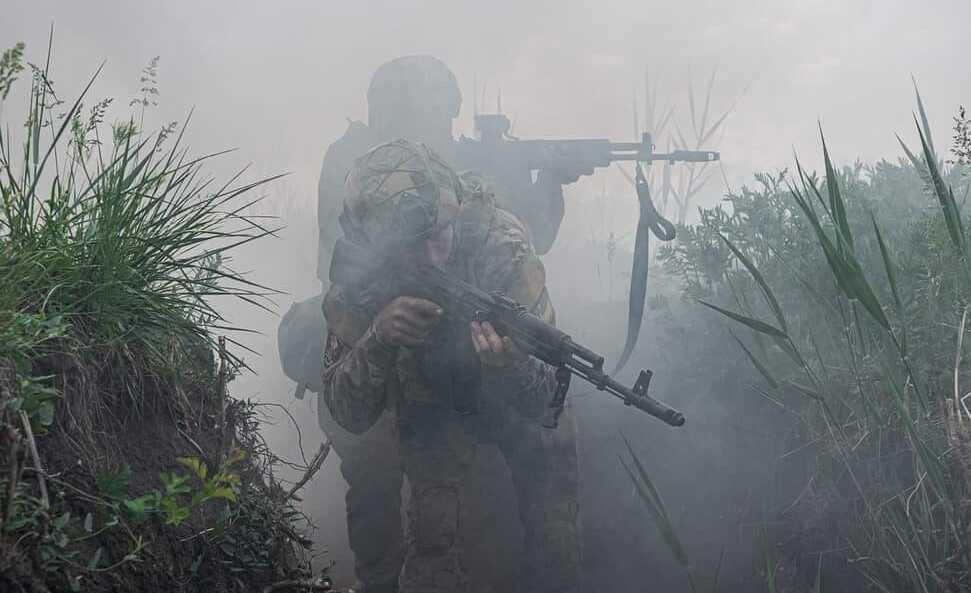
Leaked intel, late aid deliveries: RUSI report exposes flaws in Ukraine’s 2023 counteroffensive
"Victory for Ukraine has always been about reestablishing sovereignty back to its 1991 borders," said Ben Hodges, a retired US Army general who led Army forces in Europe from late 2014 to late 2017. "Anything short of that leaves unfinished business. Anything short of that will invite more Russian aggression."
But for the Ukrainian military to march across occupied eastern and southern Ukraine all the way into Crimea, it would first have to cross dense minefields, occupy complex trench networks, and defeat more than half a million Russian troops riding in thousands of armored vehicles and backed by artillery, drones, helicopters, and warplanes.
Challenges facing a new Ukraine counteroffensive
Despite suffering heavy losses since February 2022, including no fewer than 800,000 dead and disabled troops and 17,000 vehicles and other pieces of heavy equipment, the Russian army of occupation isn't just surviving. It's bigger than ever, according to US Army Gen. Christopher Cavoli, who currently holds the post Hodges once held.
"Russia is not just reconstituting service members but is also replacing combat vehicles and munitions at an unprecedented pace," Cavolli told American lawmakers on 3 April.
With 900,000 troops, the Ukrainian armed forces are bigger than the Russian army in Ukraine. But a significant number of the Ukrainian soldiers, marines, sailors, airmen and drone operators are in training or administrative positions or guard cities, critical infrastructure or Ukraine's long international border.
Along the 1100-kilometer front line, the Russians still outnumber the Ukrainians.
But Ukraine does hold certain key advantages, according to Andrew Perpetua, an independent analyst. "Ukrainian drone technology is so far ahead, I do not think Russia has any realistic potential to catch up," Perpetua said.
Ukrainian workshops build hundreds of thousands of surveillance and attack drones every month. Not only do they outnumber Russia's own drones, the Ukrainian models are more reliable, too-and improving at a faster rate owing to Ukraine's culture of technological innovation.
"Drone superiority layers" - the strategy that could succeed
Perpetua posited an alternative to the tanks-first counteroffensive those 12 Ukrainian brigades launched in June 2023 -- an approach to offensive operations that, barely two years later, may seem technologically quaint. If Ukraine goes on the attack again, the drones should lead.
"Imagine the scenario," he said. "You have layers of drone superiority." One layer, stretching 10 kilometers from the line of contact toward the Russian rear, that's patrolled by tiny, explosives-laden first-person-view drones. Additional layers as far as 100 kilometers deep are patrolled by fewer but bigger drones capable of dropping bombs.
"You push a critical number of drone pilots into each layer, overwhelming Russian pilots and completely cutting off all logistic access," Perpetua explained. "I mean, all artillery is cut off, all infantry cut off, out to 100 km."
The Russian infantry in the nearest trenches would have "no supplies, no food, no water, no ammo, no artillery support, no armor support."
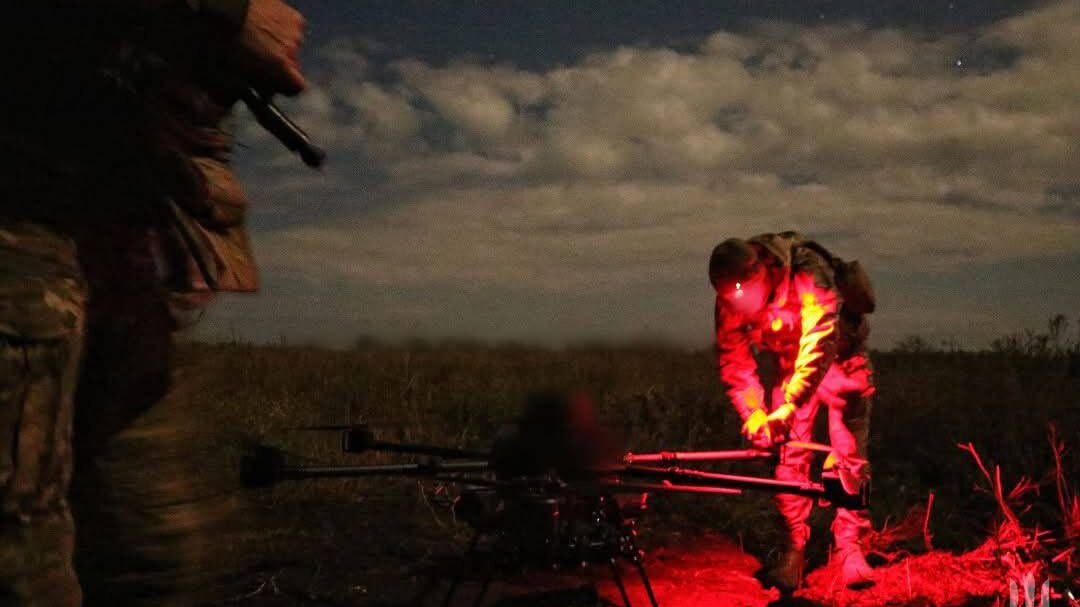
They would be alone and starving as clouds of Ukrainian drones render Russian movement impossible. "After a few days, they withdraw, you move up. I think Russia will have no defense to this, and Ukraine can systematically crush them."
Trending Now
Caution about a new Ukrainian counteroffensive strategy
But Joni Askola, an Estonian analyst, urged caution. "Andrew is very knowledgeable," Askola said, "and I agree with him that a more traditional offensive is likely to fail in the current war in Ukraine." And yes, drone technology "is advancing rapidly," he added.
But "a successful large counteroffensive would require not only good planning and substantial resources but also a technological leap or other advantage to surprise Russia."
Maybe more and better ground robots, currently in their technological infancy, could -- for Ukraine -- be that technological leap.
"Combining a kill zone, effective electronic warfare to neutralize Russian drones that don't use fiber-optic [controls], robust air defense against Russia's reconnaissance drones, and rapid ground maneuvers with the aid of unmanned ground vehicles could surprise Russian troops and be difficult to defend against," Askola posited.
But the ground robots in particular aren't ready yet. For now, Ukrainian forces should focus on holding the line instead of moving it, Askola said. "I don't believe Ukraine necessarily needs a counteroffensive."
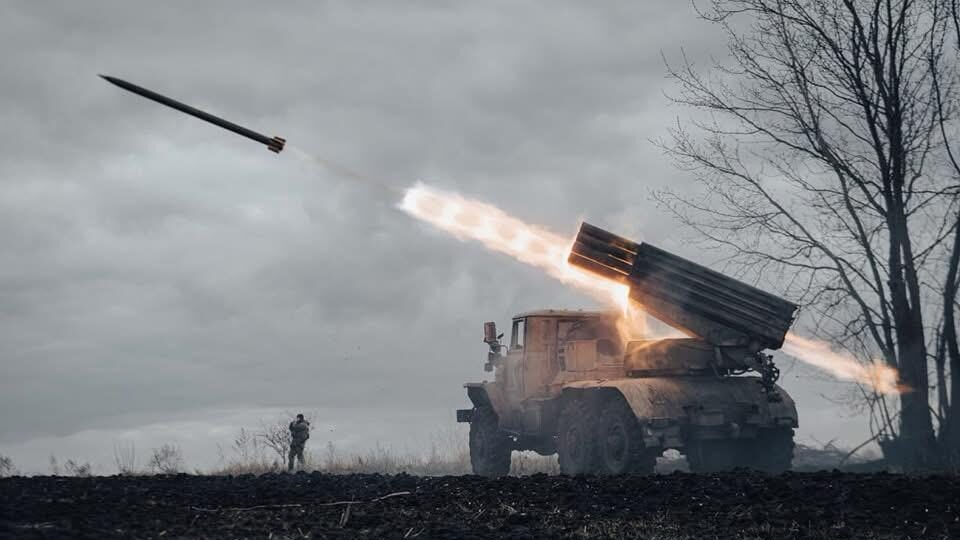
Active defense: An alternative to a full Ukraine counteroffensive
An "active defense strategy" -- hold in most places, counterattack only where and when victory is assured -- "serves Ukraine well," Askola added, "especially as the war may be far from over."
"Russia, as the invader, is pressured to advance to meet its strategic goals, which it seems unable to achieve," the Estonian analyst continued. "Remember, Russia currently occupies much less of Ukraine than it did one month into the full-scale war, and its pace of advance won't allow it to reach its goals. This failure has come at a heavy cost for Russia, and Ukraine needs to continue its active defense as long as necessary."
An active defense that kills and maims a lot of Russians without costing many Ukrainian lives could finally tip the Russian armed forces into a manpower death spiral. A death spiral that, through lucrative recruitment bonuses and relentless propaganda, they have been able to avoid so far.
That downward spiral may be inevitable if current trends hold.
"I don't think so as Russia has shown that through its recent mobilization efforts, it can keep recruiting more and more men to go and fight in Ukraine," said David Kirichenko, an analyst with the Center for European Policy Analysis in Washington, D.C.
The possible, eventual depletion of Russian manpower would be obvious to all observers-and an obvious opportunity for Kyiv. "Ukraine should avoid taking large risks and only launch a counteroffensive if a significant opportunity arises," Kirichenko said.
Such as the total collapse in Russian manning along a critical sector.
Patience: The key to a successful future Ukrainian counteroffensive
For Ukrainian generals, it may be tempting to strike too soon. "Every commander wants the initiative," Hodges explained.
But patience may be the main imperative. "Russia is losing many men and equipment while facing an acute labor shortage, sanctions, and an overheating economy, making the war unsustainable for them in many ways," Askola said.
"Ukraine should not rely on rapid attrition of Russian forces despite the heavy losses. Instead, Ukraine should patiently continue its active defense, demonstrating that Russia cannot achieve its strategic goals. Counteroffensive opportunities will arise, but Ukraine should only act if a significant opportunity or technological advantage emerges."
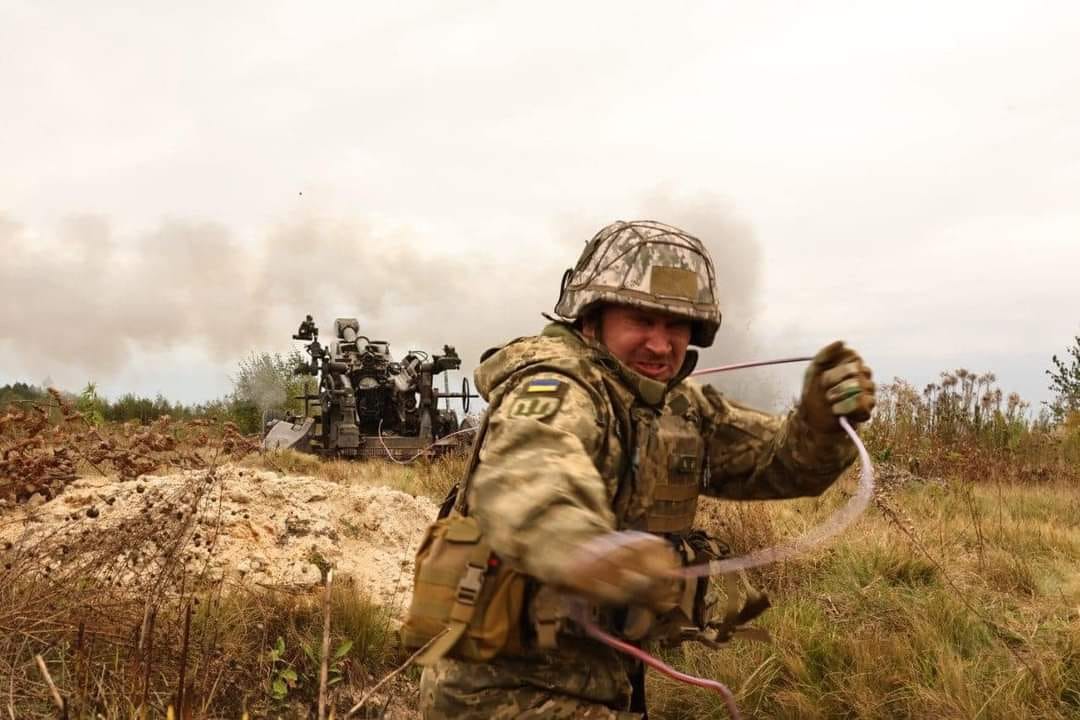
Can Ukraine win? Former Defense Minister Zagorodnyuk explains

Behind every drone that could charge the next Ukrainian counteroffensive is an innovator trying to scale. We're launching the David vs. Goliath defense blog to support these Ukrainian engineers - and are inviting you to join us on the journey.
Our platform will showcase the Ukrainian defense tech underdogs that are Ukraine's hope to win in the war against Russia, giving them the much-needed visibility to connect them with crucial expertise, funding, and international support. Together, we can give David the best fighting chance he has.
Join us in building this platform -- become a Euromaidan Press Patron. As little as $5 monthly will boost strategic innovations that could succeed where traditional approaches have failed.
.

